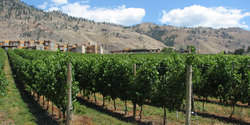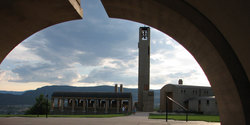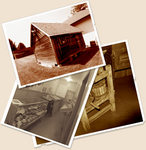
The largest body of water in the Okanagan Valley is the Okanagan Lake – to its south are three smaller lakes Skaha, Vaseux and Osoyoos.
Grass blanketed rolling hills, jagged rock cliffs on the shore of the lake and the colourful orchards / vineyards create stunning scenery. The surrounding towns and community offer relaxed lifestyle, quaint shops and villages.
Combined the Okanagan Valley and Similkameen Valley total 1,777 hectares and the supply over 14,000 metric tones of wine! The Okanagan Valley harvest approximately 38 varieties of red wines and approximately 39 varieties of white wine. In total, the Okanagan Region provides 95 percent of the Province’s wine.
The primary city to the Okanagan Valley is Kelowna, which offers airport and major transportation services, as well as amenities found in large cities.
Population: 297,601+
Highlights:
Monashee Mountains
Okanagan Highland
Thompson Plateau
Okanagan Lake
Skaha Lake
Kalamalka Lake
Swan Lake
Wood Lake
Shuswap River
History:
The First Nations Interior Salish tribes reined in this region for over 4,000 years and with an estimate population that scores in the thousands. The semi-nomadic life style also follows the archaeological evidence showing that their bands travel south into the state of Washington USA.
Okanagan, is derived from the First Nations word S-Ookanhkchinx meaning "Transport toward the head or top end".
During 1811, the first non-natives reached the Okanagan Valley on voyages from Fort Okanogan and a Pacific Fur Company, a route that was used up until the boarder between the USA and Canada was established in the Oregon Treaty in 1846. To avoid taxation, many trade suppliers then traveled through the Thompson and Fraser Rivers. This halted activity in the Valley for nearly a decade. However, the Fraser Canyon Gold Rush revitalized the area in 1858 when more prospectors chose to travel the old Okanagan trade route as a short cut. A few areas around the Okanagan and Similkameen Valleys held gold and copper. The region became a base for miners and more farmers and small services popped up to support the new comers.
By the 1930’s, orchards in the area needed to ship supplies and produce to other areas and did so with the assistance of steamboats up and down the Okanagan Lake. Hence, the agricultural industry became a regular industry that has supported the Valley ever since.
Climate:
Summer average 22 degrees Celsius (possibility of 35 degrees)
Winter average -5 degrees Celsius (possibility of – 10 degrees, perfect for late night harvests of grapes from the vineyards for production of Ice Wine)
Okanagan Valley Accommodations
Okanagan Valley Things to Do
Lake Country Museum, Lake Country
British Columbia






Ph. 250-766-0111
(Museum)